As an eCommerce business owner, accurately calculating taxes is one of the most crucial aspects of running a successful online store. Whether you're based in the United States or the United Kingdom, navigating the complex world of tax calculation can be a daunting task. With varying tax rates, rules, and regulations across different jurisdictions, it's essential to have a thorough understanding of your tax obligations to ensure compliance and avoid costly penalties.







Understanding eCommerce Taxation

Before we dive into the specifics of tax calculation for eCommerce businesses in the US and UK, it's essential to understand the different types of taxes that apply to your online store sales in each country.
United States: Sales Tax and Income Tax
In the United States, the two primary taxes that eCommerce businesses must consider are sales tax and income tax.
Sales Tax: Sales tax is a consumption tax levied by state and local governments on the sale of goods and services. In the US, 45 states and the District of Columbia impose a sales tax, with rates varying by jurisdiction. Ecommerce businesses are required to collect and remit sales tax in states and local governments where they have a nexus, which can be established through physical presence, economic activity, or other factors (more on this later).
Income Tax: Income tax is a tax levied by the federal, state and local governments, on the income generated by businesses and individuals. For eCommerce businesses, income tax applies to the profits earned from online sales. The amount of income tax owed depends on various factors, such as the business structure (e.g., sole proprietorship, partnership, corporation), taxable income, and applicable deductions and credits.
United Kingdom: Value Added Tax (VAT) and Income Tax
In the United Kingdom, eCommerce businesses must primarily deal with Value Added Tax (VAT) and income tax.
Value Added Tax (VAT): VAT is a consumption tax that applies to most goods and services sold in the UK. It is levied at each stage of the supply chain, with businesses collecting VAT on their sales and remitting it to HMRC, while also claiming credits for VAT paid on business expenses.
The standard VAT rate in the UK is 20%, although certain goods and services may be subject to a reduced rate of 5% or be exempt from VAT altogether. Ecommerce businesses with a taxable turnover above the VAT threshold (currently £85,000 per year) are required to register for VAT and charge it on their sales. Those with a taxable turnover below the threshold can choose to register voluntarily.
Income Tax: Similar to the US, income tax in the UK is a tax levied on the profits generated by businesses and individuals. Ecommerce businesses must report their income and pay income tax annually, with the amount owed depending on factors such as the business structure and taxable profits.
In the UK, businesses can operate as sole traders, partnerships, or limited companies, each with its own set of income tax rules and rates. It's essential to understand the income tax obligations specific to your business structure and keep accurate records to ensure proper reporting and payment.
Understanding the differences between sales tax, VAT, and income tax, and how they apply to your eCommerce business based on your location and online sales tax amount, is the foundation of accurate tax calculation and compliance. In the following sections, we'll explore the specific sales tax obligations for US and UK-based eCommerce businesses in more detail.
Sales Tax Obligations (US)

For eCommerce businesses based in the United States, understanding sales tax obligations is crucial for maintaining compliance and avoiding penalties. The key concept to grasp is nexus, which determines whether your online store or business already has a sufficient connection to a state to be subject to its sales tax laws.
Determining Sales Tax Nexus
Traditionally, nexus was established through physical presence, such as online business having a brick-and-mortar store, warehouse, or employees in a state. However, with the rise of eCommerce, states have expanded their definition of nexus to include economic activity, also known as economic nexus.
Economic nexus is triggered when an eCommerce business meets certain thresholds for sales or transactions in a state, even without a physical presence. These thresholds vary by state, but a common example is $100,000 in annual sales or 200 separate transactions. It's essential to stay up-to-date with each state's economic nexus laws, as they can change frequently.
Other factors that can create nexus include:
- Affiliate relationships: Having affiliates or referral partners in a state that drive sales to your business.
- Click-through nexus: Generating a significant amount of sales through links on websites owned by state residents.
- Marketplace nexus: Selling products through a marketplace (e.g., Amazon, eBay) that has nexus in a state.
To determine your sales tax obligations, follow these steps:
- Identify the states where you have nexus, either through physical presence or economic activity.
- Research each state's sales tax laws and economic nexus thresholds.
- Keep track of your sales and transactions in each state to determine if you meet the nexus criteria.
Registering for Sales Tax Permits
Once you've determined that you have nexus in a state, you must register with the state's tax authority and obtain a sales tax permit before you can begin collecting sales tax from customers. The registration process varies by state but typically involves filling out an application, providing business information, and paying a fee.
It's important to note that registration requirements and procedures can differ significantly between states. Some states may require you to register for multiple permits depending on the nature of your business or the types of products you sell. Others may have different filing frequencies or due dates for sales tax returns.
To ensure compliance, research each state's specific registration requirements and deadlines. Many states offer online registration, making the process more convenient for eCommerce businesses.
Collecting Sales Tax
With your sales tax permits in hand, you're ready to start collecting sales tax from customers in the states where you have a sales tax nexus in. To do this accurately, you'll need to:
- Determine the applicable sales tax rate for each sale based on the customer's shipping address. Sales tax rates can vary by state, county, city, and even specific products, so it's essential to use up-to-date rate tables or a reliable sales tax calculation service.
- Configure your eCommerce platform to automatically calculate sales tax and apply the correct sales tax rate to each order. Most major platforms, such as Shopify, WooCommerce, and Magento, offer built-in sales tax calculation features or integrate with third-party tax services.
- Clearly display the sales tax amount on the customer's invoice or receipt, and include a separate line item for sales tax on the checkout page.
- Keep detailed records of all sales transactions, including the date, customer location, applicable tax rate, and amount of sales tax collected. These records will be essential for filing accurate sales tax returns.
It's crucial to stay up-to-date with any changes in sales tax rates or laws in the states where you have a sales tax nexus. Regularly review your sales tax processes and make any necessary adjustments to ensure ongoing compliance.
Filing Sales Tax Returns and Remitting Payment
After collecting sales tax from customers, you're responsible for filing sales tax returns and remitting the collected tax to the appropriate state tax authorities. The filing frequency and due dates vary by state, but most require monthly, quarterly, or annual returns depending on your sales volume.
When preparing your sales tax returns, you'll need to:
- Compile your sales records for the filing period, including the total amount of taxable sales and statewide sales tax collected in each state.
- Use the state's designated tax return form or online filing system to report your sales and calculate the total tax due.
- Break down your sales and tax collected by county, city, or other local jurisdictions as required by the state.
- Double-check your calculations and ensure that the information on your return matches your sales records.
- Submit your return and remit the tax payment by the due date to avoid penalties and interest charges.
To streamline the sales tax filing process, consider using a sales tax automation software or service that can prepare and file your returns on your behalf. These tools integrate with your eCommerce platform and automatically generate accurate returns based on your sales data.
By understanding your sales tax obligations, registering for permits, collecting sales tax from customers, and filing returns in a timely manner, you can ensure compliance and avoid costly mistakes. However, staying on top of sales tax laws and requirements across multiple states can be challenging, which is where automation and expert assistance can be invaluable.
VAT Obligations (UK)

For eCommerce businesses based in the United Kingdom or selling to UK customers, understanding and complying with Value Added Tax (VAT) regulations is essential. VAT is a complex tax that requires careful attention to ensure accurate calculation, collection, and reporting.
Understanding VAT
As mentioned earlier, VAT is a consumption tax that applies to most goods and services sold in the UK. It is charged at each stage of the supply chain, with businesses collecting VAT on their sales and paying it on their purchases. The standard VAT rate in the UK is 20%, although some goods and services may be subject to a reduced rate of 5% or be exempt from VAT.
Ecommerce businesses must register for VAT if their taxable turnover exceeds the VAT threshold, which is currently set at £85,000 per year. Once registered, businesses must charge VAT on their sales, file VAT returns, and remit the collected tax to HMRC.
It's important to note that VAT rules can differ for businesses selling digital products or services, as well as for those selling to customers in other EU countries. These special circumstances require additional consideration and may involve registering for VAT in multiple countries or using the VAT Mini One Stop Shop (MOSS) scheme.
VAT Registration Process
If your eCommerce business meets the VAT threshold or you choose to register voluntarily, you'll need to follow these steps:
- Determine your taxable turnover: Calculate your taxable turnover for the previous 12 months and project your turnover for the next 30 days. If either exceeds the VAT threshold, you must register.
- Apply for a VAT number: You can register for VAT online through the HMRC website. You'll need to provide information about your business, such as your contact details, business structure, and bank account.
- Wait for your VAT registration certificate: Once your application is processed, you'll receive a VAT registration certificate containing your VAT number and effective date of registration. You must use your VAT number on all invoices and receipts.
- Set up your VAT accounting system: You'll need to keep detailed records of all VAT collected and paid, as well as maintain a VAT account to track your VAT liability. Many accounting software packages offer VAT features to help with this process.
- Notify your customers: Inform your customers that you are now VAT registered and that VAT will be added to their invoices. Update your eCommerce platform, invoices, and receipts to include your VAT number and the applicable VAT rate.
Collecting VAT
Once you're VAT registered, you must charge VAT on all taxable sales and include it in the price of your products or services. To do this accurately, you'll need to:
- Determine the applicable VAT rate for each sale based on the nature of the goods or services sold. Most products will be subject to the standard rate of 20%, but some may qualify for the reduced rate or be exempt.
- Configure your eCommerce platform to automatically calculate and apply the correct VAT rate to each order. Make sure to include VAT in the displayed prices to avoid confusion for customers.
- Clearly show the VAT amount on the customer's invoice or receipt, and include a separate line item for VAT on the checkout page.
- Keep detailed records of all sales transactions, including the date, customer location, applicable VAT rate, and amount of VAT collected. These records will be necessary for filing accurate VAT returns.
Keeping VAT Records
Accurate record-keeping is crucial for VAT compliance. You must keep records of all sales and purchases, including:
- Invoices and receipts for sales and purchases
- Credit notes and debit notes
- Import and export documents
- Records of goods taken for personal use or given away
- Self-billing agreements
These records must be kept for at least six years and be made available to HMRC upon request. Many businesses choose to maintain their VAT records electronically using accounting software, which can simplify the process and reduce the risk of errors.
Filing VAT Returns
VAT-registered businesses must file VAT returns, typically on a quarterly basis, to report their VAT liability to HMRC. The VAT return will show the total amount of VAT you've charged on your sales (output tax) and the VAT you've paid on your purchases (input tax). The difference between these two amounts is your VAT liability, which you must pay to HMRC.
To file your VAT return, you'll need to:
- Gather your VAT records for the reporting period, including sales and purchase invoices, credit notes, and other relevant documents.
- Calculate your total output tax (VAT charged on sales) and input tax (VAT paid on purchases) for the period.
- Complete your VAT return online using the HMRC website, providing the required information and figures.
- Submit your return and make any necessary payments by the deadline, which is typically one month and seven days after the end of the VAT period.
It's essential to file your VAT returns and make payments on time to avoid penalties and interest charges. If you consistently pay or file late, HMRC may require you to make monthly payments or impose other sanctions.
By understanding your VAT obligations, registering for VAT when necessary, collecting the correct amount of tax, keeping accurate records, and filing returns on time, you can ensure VAT compliance and avoid costly mistakes. However, navigating the complexities of VAT can be challenging, particularly for businesses selling to customers in multiple countries. Seeking expert advice and using automation tools can help simplify the process and reduce the risk of errors.
Calculating Tax Rates

Accurate tax rate calculation is essential for both US and UK eCommerce businesses to ensure compliance and avoid over or undercharging customers. Tax rates can vary significantly based on factors such as jurisdiction, product type, and customer location, making the calculation process complex and time-consuming.
US Sales Tax Rates
In the United States, sales tax rates can vary by state, county, city, and even specific products or services. To calculate the correct sales tax rate for each transaction, you'll need to:
- Determine the customer's shipping address: Sales tax rates are based on the destination of the sale, which is typically the customer's shipping address. Use geolocation tools or address verification services to pinpoint the exact location.
- Look up the applicable sales tax rate: Each state provides sales tax rate tables or databases that list the combined state, county, and city rates for each jurisdiction. Some states also have special rates for certain products, such as clothing or food.
- Apply the tax rate to the taxable portion of the sale: Some states allow for non-taxable items, such as shipping fees or certain exemptions, so it's important to apply the tax rate only to the taxable portion of the sale.
- Round the calculated tax amount as required by the state: Each state has its own rounding rules for sales tax, so make sure to follow the appropriate guidelines.
To simplify the sales tax calculation process, many eCommerce businesses use automated online sales tax calculation software that integrates with their online store and automatically determines the applicable tax rate for each sale based on the customer's location and the products sold. These tools ensure accuracy and save time by eliminating the need for manual calculations and rate updates.
UK VAT Rates
In the United Kingdom, VAT rates are more straightforward than US sales tax rates, with most goods and services subject to the standard rate of 20%. However, there are some exceptions:
- Reduced rate (5%): Applies to certain goods and services, such as children's car seats, home energy, and sanitary products.
- Zero rate (0%): Applies to essential items like most food and children's clothing.
- Exempt: Applies to specific goods and services, such as education, financial services, and certain charitable activities. No VAT is charged on exempt items.
To calculate the correct VAT rate for each transaction, you'll need to:
- Determine the applicable VAT rate based on the nature of the goods or services sold. Consult HMRC's
- VAT guidance or use a VAT rate table to ensure accuracy.
- Apply the VAT rate to the total value of the sale, including any shipping or other fees that are subject to VAT.
- Display the VAT amount separately on the invoice or receipt, and include it in the total price charged to the customer.
As with US sales tax, using an automated VAT calculation tool can streamline the process and reduce the risk of errors. These tools can be particularly helpful for businesses selling a variety of products with different VAT rates or those selling to customers in multiple countries.
Keeping Up with Tax Rate Changes
Tax rates are subject to change, often on an annual basis or even more frequently in some cases. To ensure that you're always charging the correct amount of tax, it's essential to stay informed about rate changes and update your eCommerce platform accordingly.
For US sales tax rates, you can:
- Subscribe to email alerts or newsletters from state tax authorities or tax news services.
- Regularly check state tax agency websites for rate change announcements.
- Use a tax rate database or software that automatically updates rates in real-time.
For UK VAT rates, you can:
- Monitor HMRC's website for any announcements or changes to VAT rates or rules.
- Sign up for email alerts from HMRC or tax professional organizations.
- Use a VAT calculation tool that automatically applies the latest rates.
By staying on top of tax rate changes and promptly updating your eCommerce platform, you can avoid over or undercharging customers and ensure ongoing compliance.
Economic Nexus Laws (US)
The introduction of economic nexus laws in the United States following the South Dakota v. Wayfair Supreme Court decision has significantly impacted eCommerce businesses. These laws allow states to require online sellers to both collect sales tax and remit sales tax based on their economic activity in the state, even if they don't have a physical presence.
Understanding Economic Nexus
Economic nexus is triggered when an eCommerce business meets certain thresholds for sales or transactions in a state. These thresholds vary by state but typically include:
- Sales volume: A certain amount of gross revenue from sales in the state, usually $100,000 or more per year.
- Transaction volume: A certain number of separate transactions in the state, typically 200 or more per year.
Some states have adopted both sales taxes and transaction thresholds, while others use just one or the other. It's essential to research each state's specific economic nexus laws to determine if you have a sales tax obligation.
Navigating Economic Nexus Thresholds
To stay compliant with economic nexus laws, eCommerce businesses must:
- Track sales and transactions in each state: Keep detailed records of your sales volume and number of transactions in each state where you sell products. Many eCommerce platforms offer built-in reporting features that can help with this process.
- Monitor economic nexus thresholds: Regularly compare your sales and transaction data to each state's economic nexus thresholds to determine if and when you trigger nexus.
- Register for sales tax permits: Once you meet a state's economic nexus threshold, you must register with the state's tax authority and obtain a sales tax permit. This process can vary by state, so research each state's specific requirements.
- Begin collecting and remitting sales tax: After obtaining your sales tax permit, you must start collecting sales tax from customers in that state and remitting it to the state tax authority according to the required filing schedule.
It's important to note that economic nexus laws are subject to change, as states continue to refine their rules and thresholds. Stay informed about any updates to these laws and adjust your compliance strategies accordingly.
Streamlining Economic Nexus Compliance
Managing economic nexus compliance across multiple states can be complex and time-consuming. To streamline the process, consider:
- Using an automated sales tax calculation and filing service: These tools can track your sales and transactions in each state, alert you when you trigger nexus, and even handle sales tax collection and filing on your behalf.
- Consulting with a tax professional: A tax expert who specializes in eCommerce can help you navigate economic nexus laws, develop a compliance strategy, and ensure that you're meeting all necessary requirements.
- Implementing a robust record-keeping system: Accurate and detailed records of your sales and transactions are essential for economic nexus compliance. Use a reliable accounting system or eCommerce platform that can generate the necessary reports and keep your data organized.
By understanding economic nexus laws, monitoring your online sales tax due and transactions, and taking proactive steps to ensure compliance, you can avoid costly penalties and maintain a positive relationship with state tax authorities.
Collecting and Remitting Taxes

Collecting and remitting taxes is a critical aspect of eCommerce tax compliance. By implementing best practices and staying organized, you can ensure that you're accurately collecting and remitting sales tax (US) and VAT (UK) in a timely manner.
Best Practices for Tax Collection
To effectively collect sales tax or VAT on your eCommerce sales:
- Ensure accurate tax calculation: Configure your eCommerce platform to automatically calculate and apply the correct tax rate for each transaction based on the customer's location and the applicable tax rules. Use a reliable tax calculation service or software to ensure accuracy.
- Clearly display tax amounts: Include the tax amount as a separate line item on the checkout page, invoice, and receipt. This transparency helps customers understand the total cost of their purchase and reduces the risk of disputes.
- Maintain detailed records: Keep accurate records of all transactions, including the date, customer location, applicable tax rate, and amount of tax collected. These records will be essential for filing tax returns and responding to any audits or inquiries from tax authorities.
- Stay up-to-date with tax laws: Regularly review changes to sales tax and VAT laws in the jurisdictions where you collect tax. Subscribe to updates from tax authorities and consult with a tax professional to ensure ongoing compliance.
Best Practices for Tax Remittance
After collecting sales tax or VAT, you must remit the funds to the appropriate tax authorities in a timely manner. To streamline the remittance process:
- Know your filing deadlines: Each jurisdiction has its own filing frequency and deadlines for tax returns. Create a calendar or set reminders to ensure that you file your returns on time and avoid penalties.
- Prepare accurate returns: Use your transaction records to prepare complete and accurate tax returns. Double-check your calculations and ensure that the information on your return matches your sales data.
- File and electronically: Most tax authorities offer online filing and payment options, which can save time and reduce the risk of errors. Take advantage of these electronic services whenever possible.
- Keep proof of payment: Retain copies of your tax returns and payment confirmation for your records. This documentation will be important if there are any questions or discrepancies in the future.
The Role of Automation
Given the complexity of collecting and remitting taxes across multiple jurisdictions, many eCommerce businesses turn to automation to streamline the process. Automated tax collection and remittance services can:
- Integrate with your eCommerce platform to accurately calculate and apply taxes to each transaction.
- Generate detailed reports on your tax liabilities and filing requirements.
- Prepare and file your tax returns on your behalf, ensuring accuracy and timeliness.
- Provide audit support and respond to inquiries from tax authorities.
By leveraging automation, you can save time, reduce the risk of errors, and ensure ongoing compliance with sales tax exemptions and VAT laws. However, it's important to choose a reputable service provider and regularly review their performance to ensure that your sales tax exemptions and obligations are being met.
Common Challenges and Solutions
Despite best efforts to stay compliant, eCommerce businesses often face common challenges when it comes to tax calculation and remittance. By understanding these challenges and implementing practical solutions, you can navigate the complexities of eCommerce taxation and avoid costly mistakes.
Keeping Up with Changing Tax Laws
Tax laws and rates are subject to change, often on an annual basis or even more frequently in some cases. Staying current with these changes can be a challenge for eCommerce businesses, particularly those selling in multiple jurisdictions.
Solution: To stay informed about changes to tax laws and rates:
- Subscribe to email alerts or newsletters from tax authorities and industry organizations.
- Regularly review tax agency websites and publications for updates.
- Consult with a tax professional who specializes in eCommerce and can provide guidance on evolving tax requirements.
- Use an automated tax calculation service that updates rates and rules in real-time.
Determining Nexus and Tax Obligations
With the introduction of economic nexus laws in the US and the complexities of VAT in the UK, determining where you have a tax obligation can be difficult. Understanding nexus thresholds, registration requirements, and filing frequencies for each jurisdiction is essential for compliance.
Solution: To accurately determine your tax obligations:
- Research the nexus laws and thresholds for each state or country where you sell products.
- Keep detailed records of your sales volume and transactions in each jurisdiction.
- Use a nexus monitoring service or software that tracks your sales and alerts you when you trigger a tax obligation.
- Work with a tax expert who can help you navigate nexus rules and registration requirements.
Managing Exempt Sales
Some customers, such as resellers or non-profit organizations, do not have to pay sales tax or VAT on their purchases. Managing these exempt sales and ensuring that you have the proper documentation can be a challenge.
Solution: To effectively manage exempt sales:
- Obtain and maintain valid exemption certificates or other required documentation from exempt customers.
- Configure your eCommerce platform to handle exempt sales, either by allowing you to mark certain customers or transactions as exempt or by integrating with a tax service that can automatically apply exemptions.
- Keep detailed records of all exempt sales, including the customer's information, exemption reason, and applicable documentation.
- Regularly review and update your exemption records to ensure that they are current and compliant.
Filing Returns in Multiple Jurisdictions
For eCommerce businesses with tax obligations in multiple states or countries, filing returns can be a time-consuming and complex process. Each jurisdiction may have different filing requirements, deadlines, and forms, making it difficult to stay organized and compliant.
Solution: To streamline the filing process:
- Create a calendar or schedule of all filing deadlines and requirements for each jurisdiction.
- Use a tax automation service that can prepare and file returns on your behalf, based on your sales data and applicable tax rules.
- Maintain accurate and detailed records of your sales, taxes collected, and payments made, so that you have the necessary information for filing returns.
- Consider working with a tax professional who can assist with multi-jurisdiction filing and ensure that you're meeting all requirements.
By proactively addressing these common challenges and implementing practical solutions, you can minimize the risk of non-compliance and avoid costly penalties and legal issues.
Automating Tax Calculations with Link My Books
.webp)
Automating your tax calculations is an effective way to save time, reduce errors, and ensure ongoing compliance with sales tax and VAT laws. Link My Books is a powerful software solution designed specifically for eCommerce businesses in both the US and UK to streamline their bookkeeping and tax calculation processes.
How Link My Books Works
Link My Books integrates seamlessly with popular eCommerce platforms, such as Amazon, eBay, Shopify, and Etsy, as well as accounting software like Xero and QuickBooks. This integration allows the software to:
- Automatically import your sales data: Link My Books connects to your eCommerce platform and imports your sales transactions, including the date, customer location, product details, and tax collected.
- Calculate taxes accurately: Using advanced algorithms and up-to-date tax rates and rules, Link My Books calculates the correct amount of sales tax (US) or VAT (UK) for each transaction based on the customer's location and applicable laws.
- Generate detailed reports: The software creates comprehensive reports on your sales, taxes, and other financial data, which can be customized to your specific needs and exported for further analysis or filing purposes.
- Sync with your accounting software: Link My Books automatically syncs your sales and tax data with your chosen accounting software, ensuring that your financial records are accurate and up-to-date.
By automating these key processes, Link My Books eliminates the need for manual data entry, reduces the risk of errors, and saves you valuable time that can be better spent on growing your eCommerce business.
Benefits of Using Link My Books
In addition to streamlining your tax calculations and bookkeeping, Link My Books offers several key benefits for eCommerce businesses:
- Accurate tax calculations: With Link My Books, you can be confident that you're charging the correct amount of sales tax or VAT on every transaction, based on the most current rates and rules. This accuracy helps you avoid over or undercharging customers and reduces the risk of non-compliance.
- Seamless integration: The software's integration with popular eCommerce platforms and accounting software means that you can manage your taxes and finances from a single, centralized location.
- Time and cost savings: By automating your tax calculations and bookkeeping, Link My Books significantly reduces the time and resources required to manage these processes manually.
- Expert support: Link My Books offers dedicated support from a team of knowledgeable professionals, including accountants and eCommerce specialists.
Getting Started with Link My Books
To start automating your tax calculations and bookkeeping with Link My Books, simply:
- Sign up for an account: Visit the Link My Books website and create an account. You'll provide basic information about your business and select the pricing plan that best fits your needs.
- Connect your eCommerce platform and accounting software: Follow the prompts to integrate Link My Books with your eCommerce platform and accounting software. The software will guide you through the process and ensure that your data is securely connected.
- Configure your tax settings: Set up your tax settings in Link My Books, including your nexus states (US) or VAT registration (UK), applicable tax rates, and any product or customer exemptions.
- Start importing your sales data: Once your integrations are set up, Link My Books will automatically begin importing your sales transactions and calculating the appropriate taxes. You can review this data in the software's dashboard and reports.
- Enjoy automated tax calculations and bookkeeping: With Link My Books, you can sit back and let the software handle your tax calculations and bookkeeping. You'll have access to accurate, up-to-date financial data and be better prepared for tax filing and compliance.
By leveraging the power of Link My Books, you can take control of your eCommerce business's tax calculations and financial management, saving time, reducing errors, and ensuring ongoing compliance with US and UK tax laws.
Why Choose Link My Books?

While there are several tax calculation and bookkeeping solutions available for eCommerce businesses, Link My Books stands out for its comprehensive features, expert support, and proven track record of success.
Designed for eCommerce
Link My Books is built specifically for the unique needs of eCommerce businesses, with features and integrations tailored to the challenges of online selling. The software understands the complexities of online sales, tax and VAT calculations, as well as the importance of accurate bookkeeping for eCommerce success.
Trusted by Experts
Link My Books is trusted by accountants, bookkeepers, and financial professionals worldwide. These experts recognize the software's accuracy, reliability, and ease of use, and often recommend it to their eCommerce clients as the go-to solution for tax calculation and bookkeeping.
Proven Track Record
With thousands of satisfied users and a 4.9/5 star rating on Trustpilot, Link My Books has a proven track record of helping eCommerce businesses streamline their financial processes and achieve compliance. The software's success stories and customer testimonials demonstrate its effectiveness and value for online sellers.
Constant Innovation
Link My Books is committed to staying at the forefront of eCommerce tax calculation and bookkeeping. The company regularly updates its software with new features, integrations, and enhancements to ensure that users have access to the latest tools and capabilities for managing their finances.
Expert Support
When you choose Link My Books, you gain access to a team of knowledgeable professionals who are dedicated to your success. The company's accountants and eCommerce sales tax specialists provide expert guidance and support, helping you navigate the complexities of ecommerce sales tax, compliance and financial management.
By selecting Link My Books as your tax calculation and bookkeeping solution, you can be confident that you're making a smart investment in the future of your eCommerce business.
Wrapping up on eCommerce Tax Calculation
In today's fast-paced eCommerce landscape, accurate tax calculation and efficient financial management are essential for success. By understanding your tax obligations, implementing best practices for tax collection and remittance, and leveraging the power of automation, you can ensure compliance, save time, and focus on growing your business.
This ultimate guide has provided a comprehensive overview of eCommerce tax calculation for businesses in the US and UK, including:
- The differences between sales tax, VAT, and income tax
- The importance of determining nexus and registering for tax permits
- Best practices for collecting, remitting, and filing taxes
- Common challenges and solutions for eCommerce tax compliance
- The benefits of automating tax calculations with Link My Books
By implementing the strategies and tools discussed in this guide, you can take control of your eCommerce business's tax calculations and financial management, reducing the risk of errors and ensuring ongoing compliance with US and UK tax laws.
Take Action Today
Don't let the complexities of eCommerce tax calculation hold your business back. Take action today to streamline your processes and achieve compliance:
- Review your current tax calculation and bookkeeping processes to identify areas for improvement.
- Research and implement best practices for tax collection, remittance, and filing in your jurisdiction.
- Consider automating your tax calculations and bookkeeping with a powerful software solution like Link My Books.
- Sign up for a free trial of Link My Books to experience the benefits of automated tax calculations and bookkeeping first hand.
By taking these steps, you can ensure that your eCommerce business is well-positioned for success in the years to come.
Start Automating Your Tax Calculations Today
Ready to take your eCommerce tax calculations and bookkeeping to the next level? Sign up for a free trial of Link My Books today and discover how automated tax calculations can transform your business.
With Link My Books, you'll benefit from:
- Accurate tax calculations based on up-to-date rates and rules
- Seamless integration with your eCommerce platform and accounting software
- Detailed reports and financial insights to inform your business decisions
- Expert support from a team of accountants and eCommerce specialists
Don't wait to streamline your financial processes and achieve compliance. Experience the difference that automated tax calculations can make for your eCommerce business.
Sign up for Link My Books today!












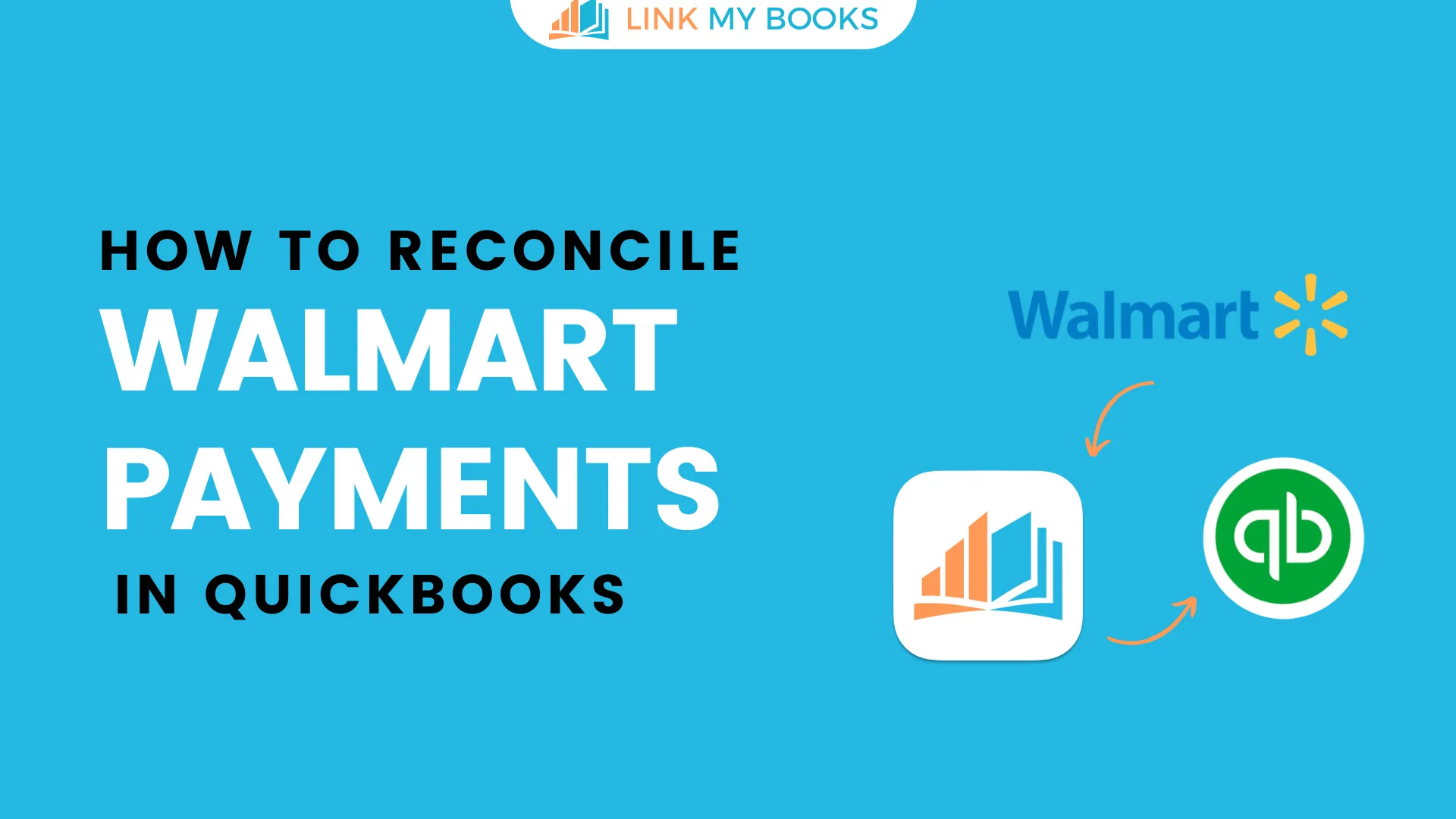
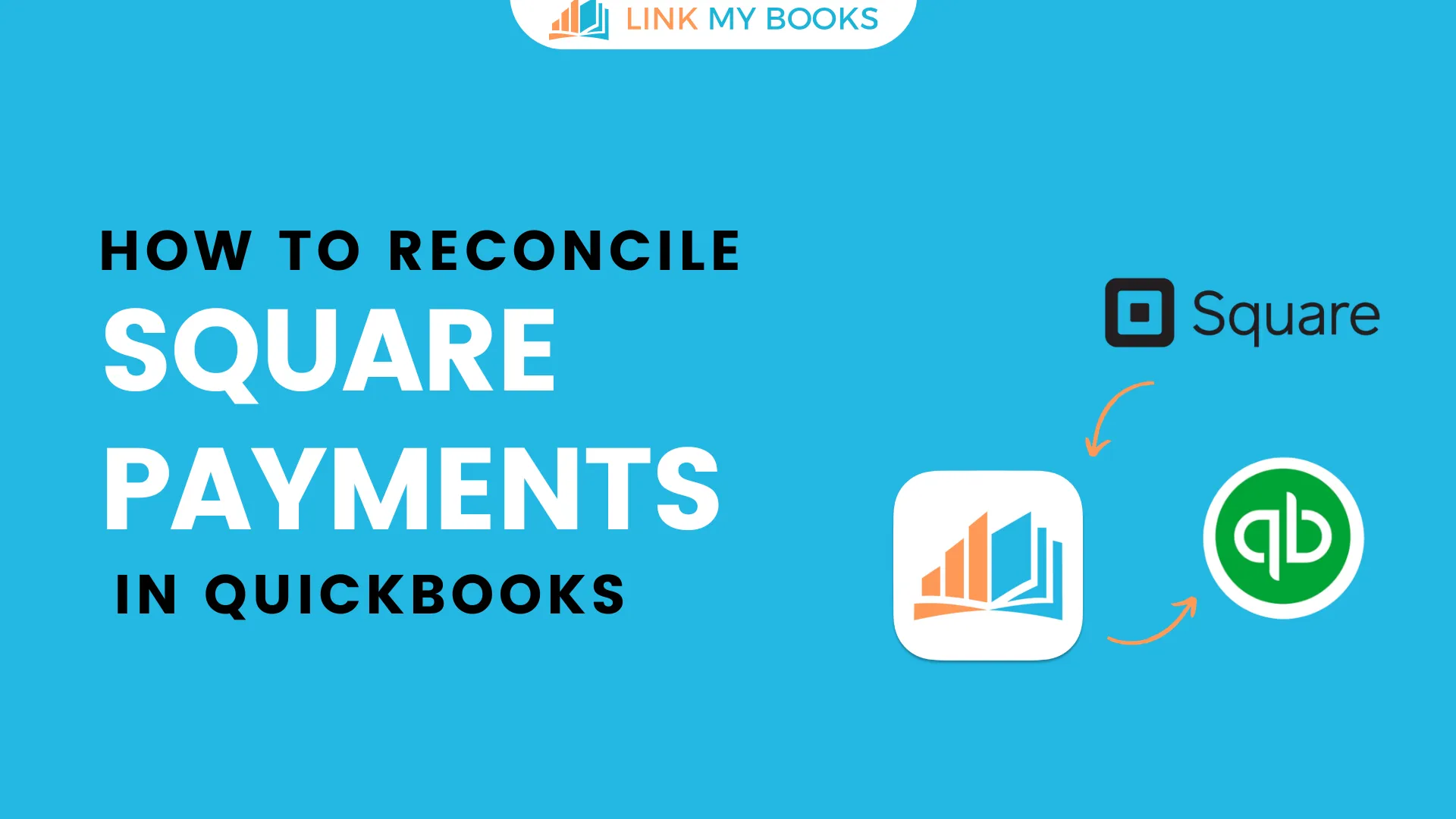
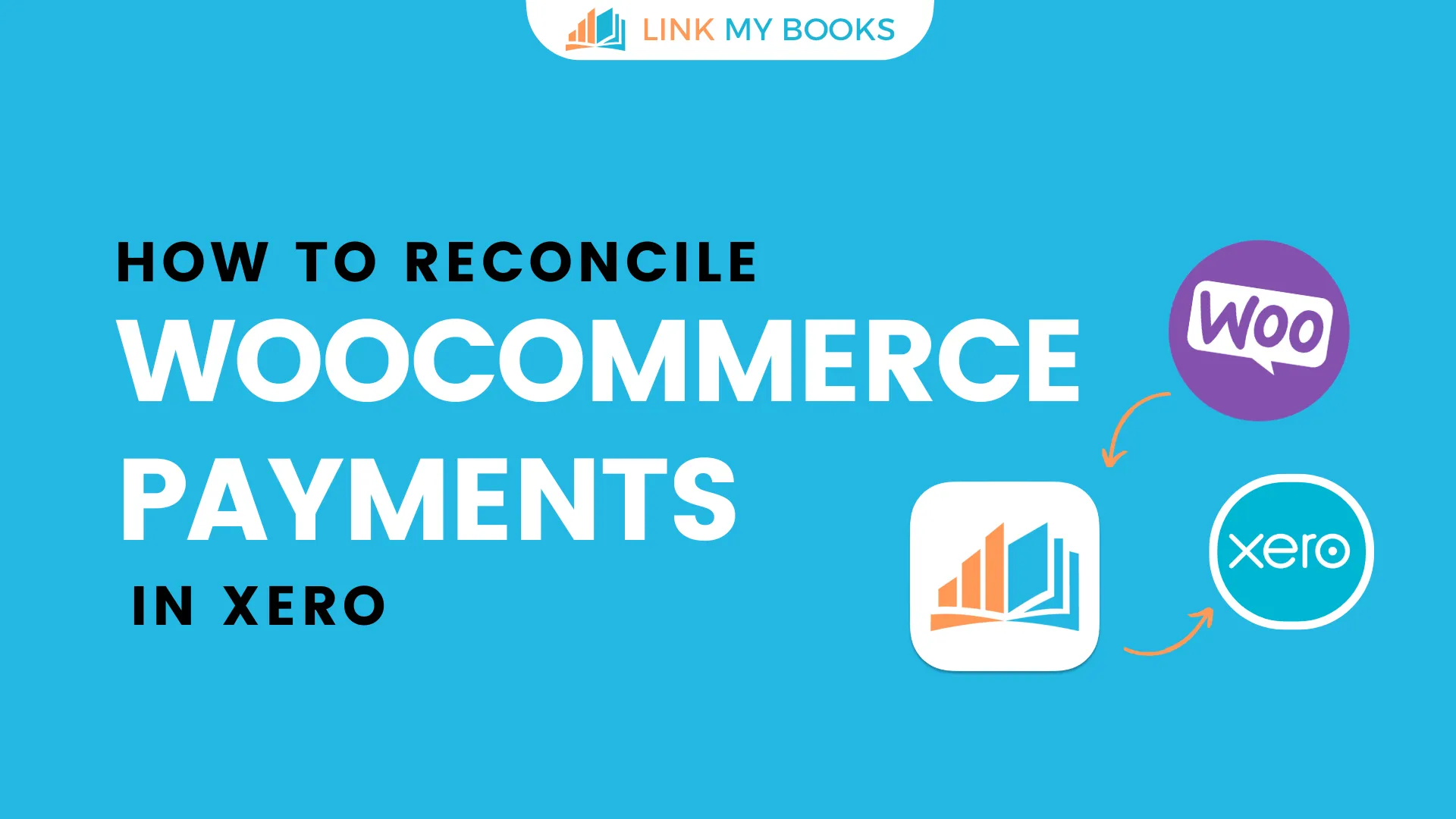
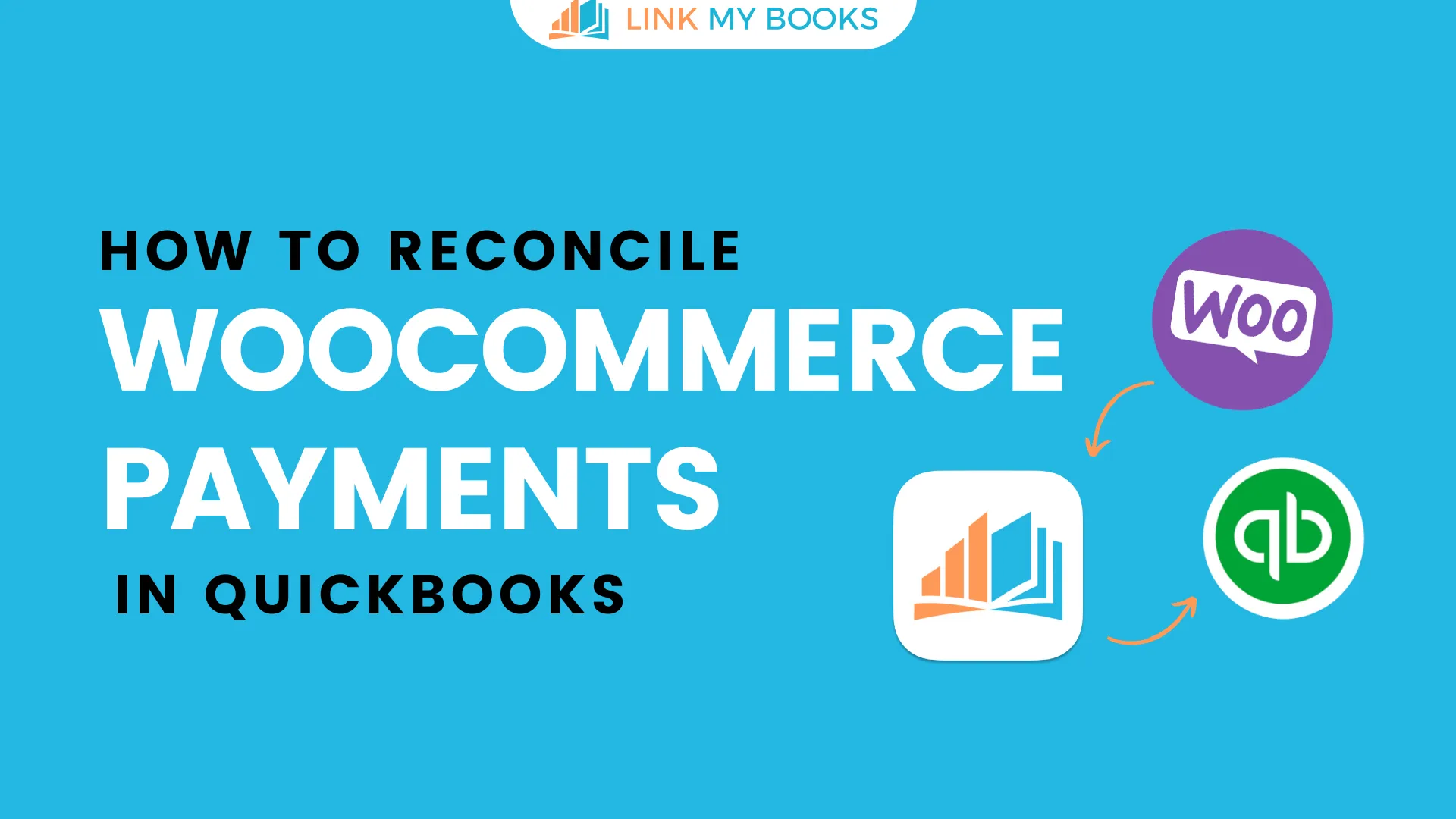
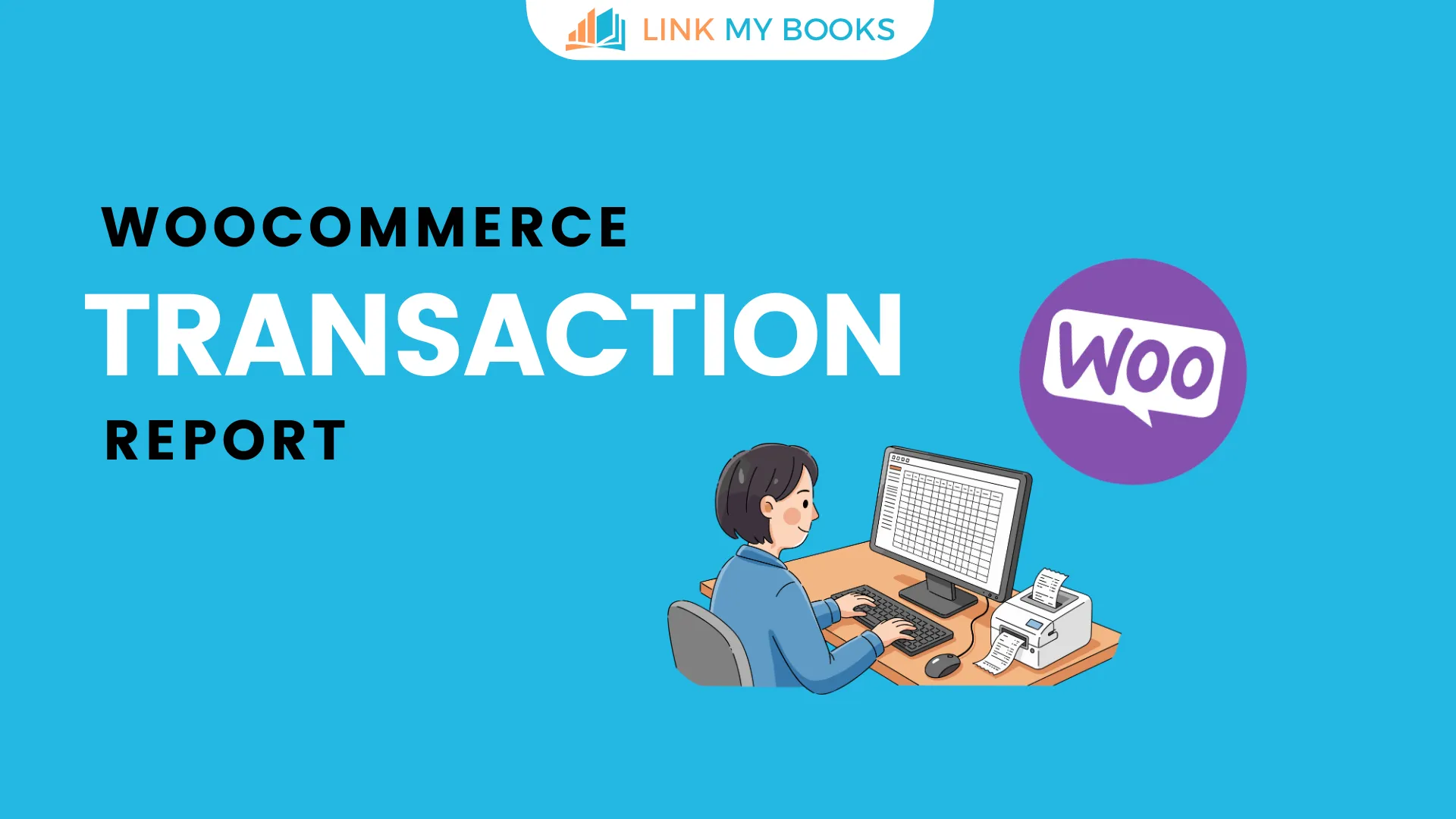


.png)